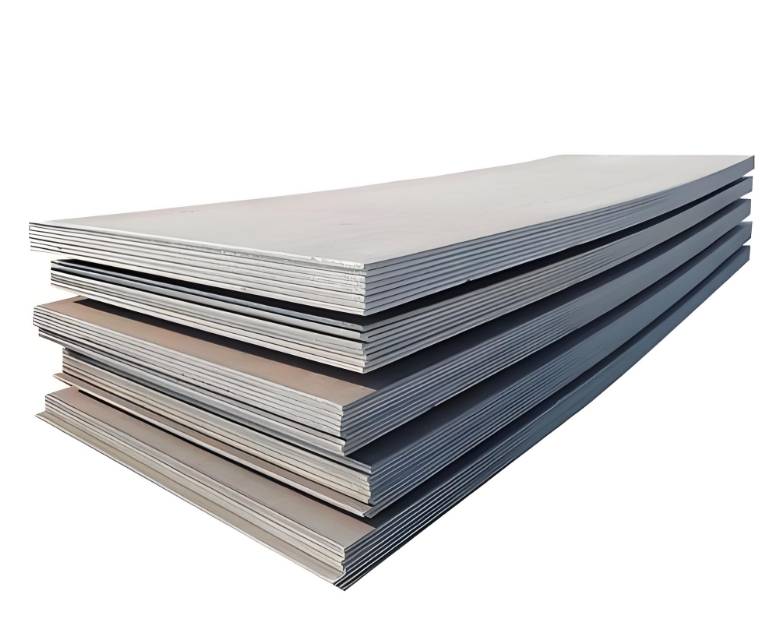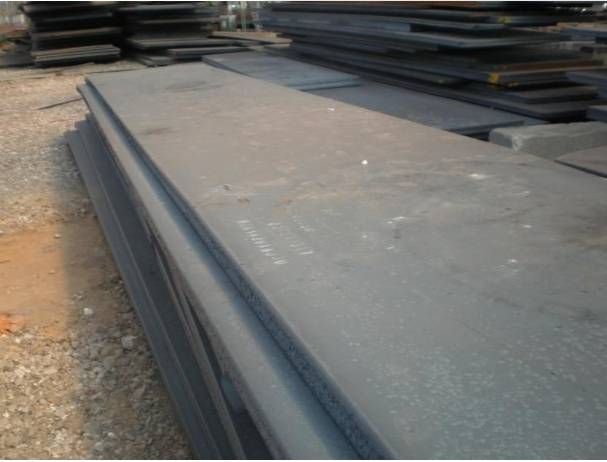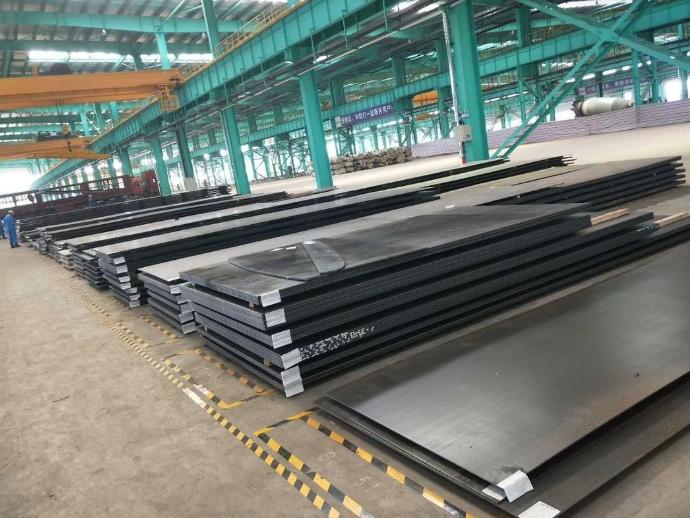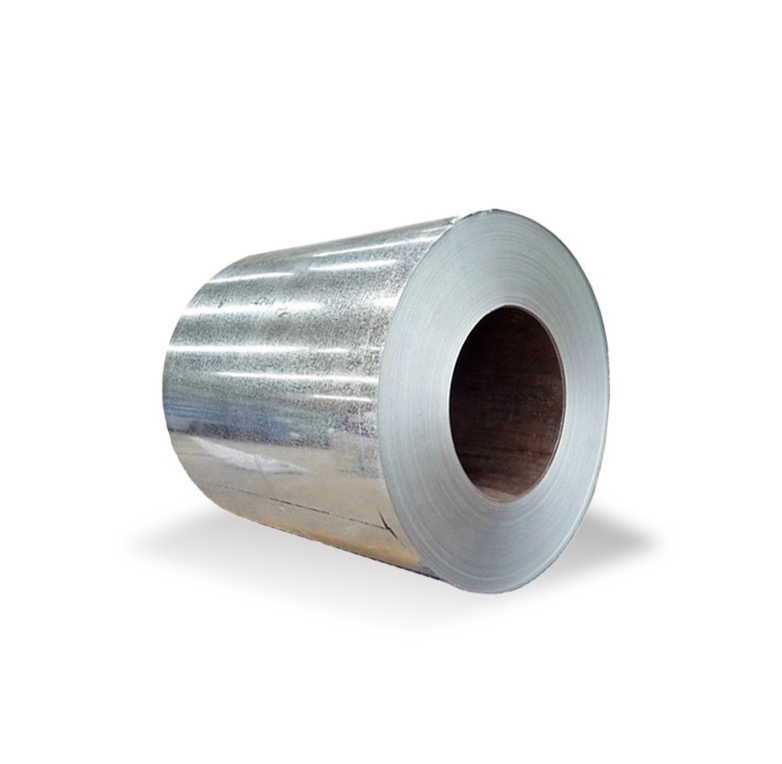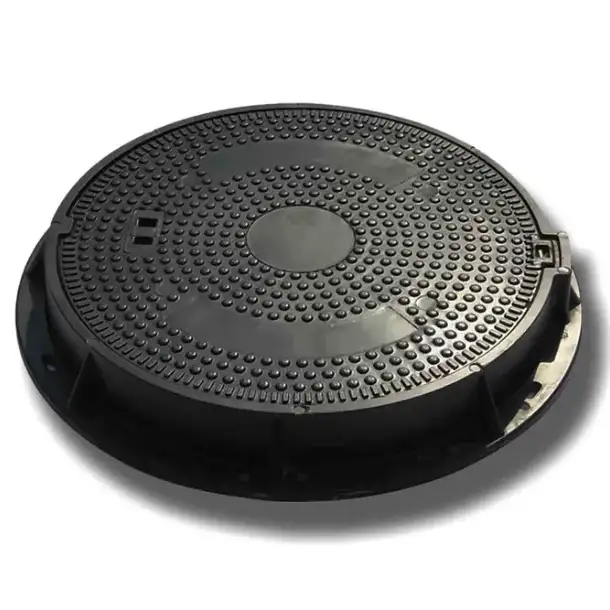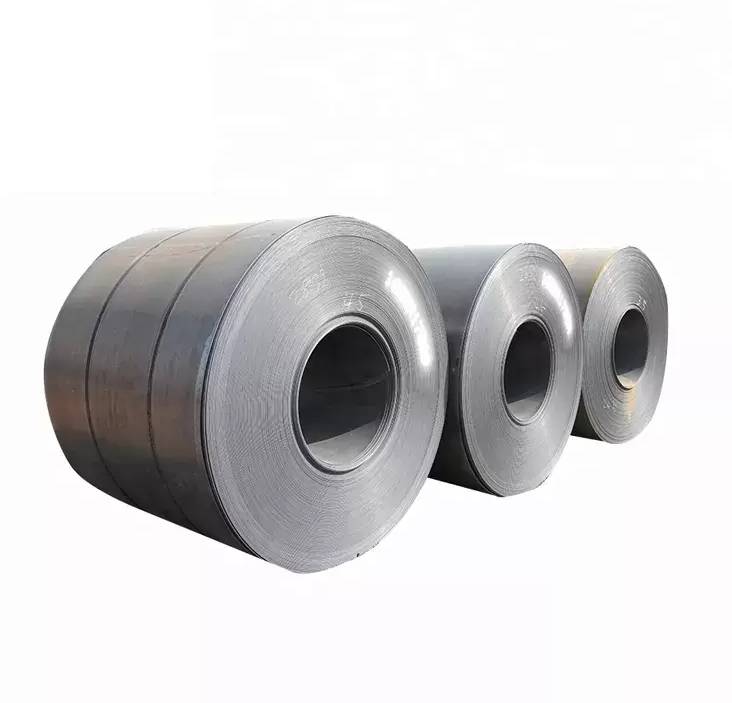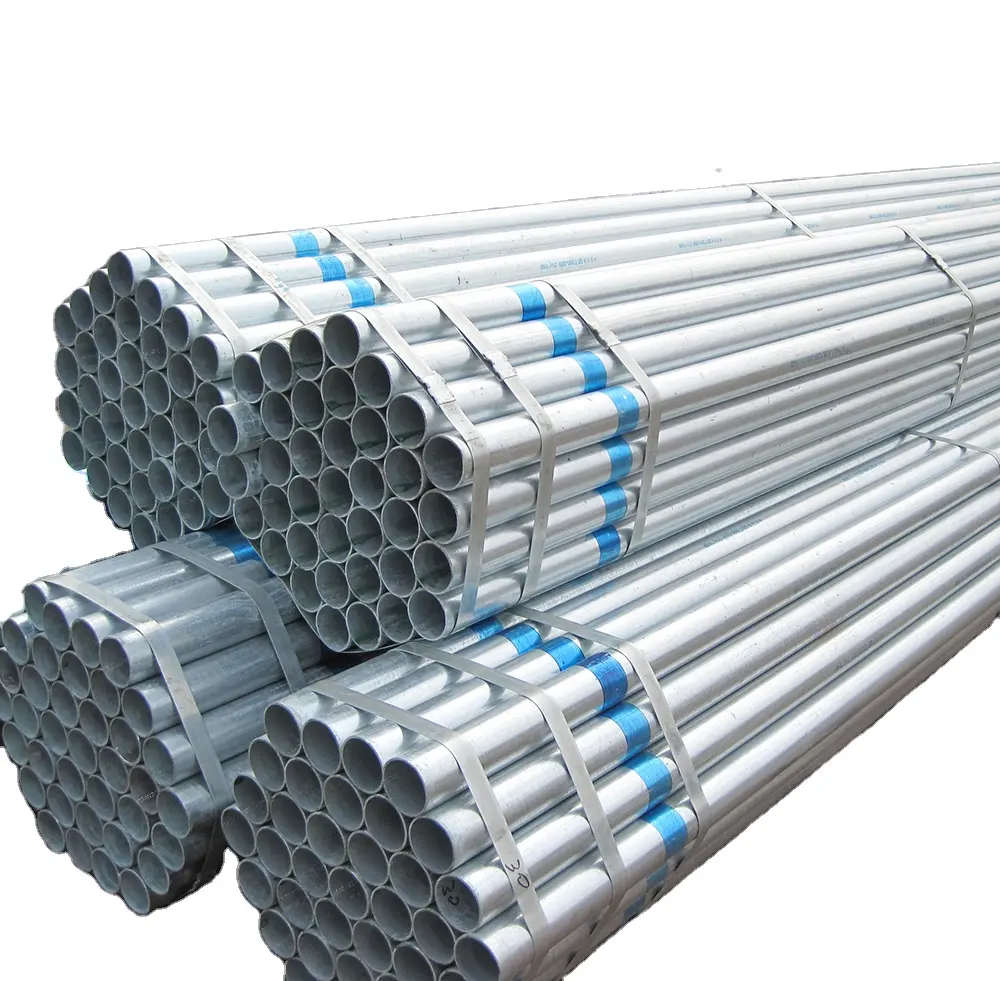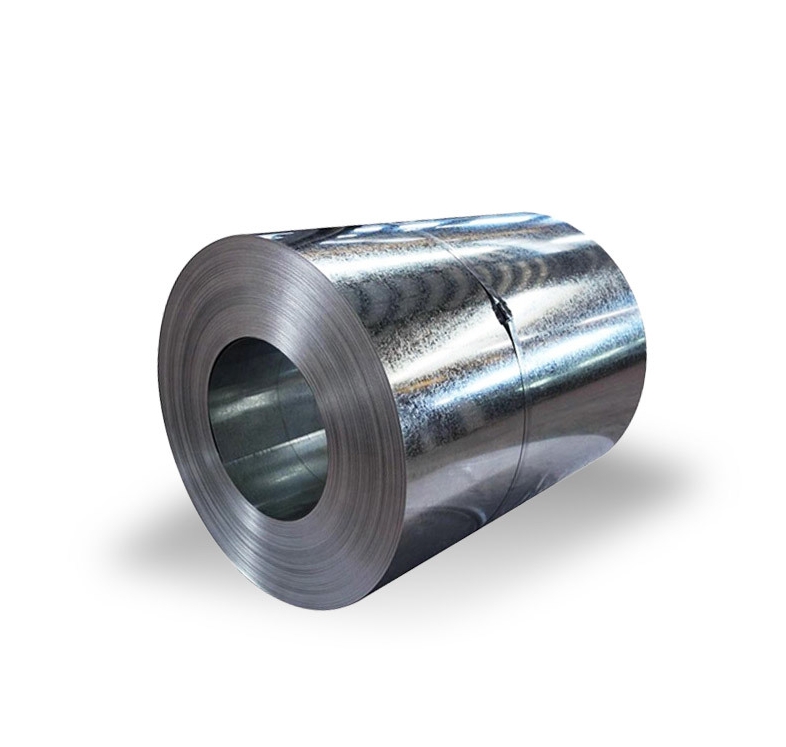Why 1030 Carbon Steel Plate?
Many fabricators and engineers face a tough choice when selecting medium-carbon sheets for gears, shafts, and brackets. 1030 carbon steel plate often sits between low-carbon mild steels and high-carbon alloys in both price and performance. However, questions arise:
-
Is its strength enough for load-bearing parts?
-
Will it weld without cracking?
-
How does it compare with 1045 steel?
This article answers those queries. You’ll discover precise chemistry, mechanical data, buying steps, real-world cases, and pitfalls to avoid. Plus, you’ll see a direct comparison table (Project A vs. B), a 7-step procurement guide, and a final Checklist to ensure you pick the right 1030 carbon steel plate for your project.
What Is 1030 Carbon Steel Plate? (Problem)
At 0.27 – 0.34 % carbon content, 1030 carbon steel plate offers more hardness and strength than 1020 but retains reasonable weldability. Many buyers wonder:
-
Problem: Can I weld it without preheating?
-
Problem: Will it machine at acceptable cycle times?
-
Problem: Does it cost much more than 1020 steel sheet?
We’ll tackle each issue. In particular, you’ll see why steel mills standardize this grade under ASTM A29, SAE J403, and ASTM A510.
Composition & Key Properties (Solution)
Understanding the exact makeup helps predict performance. 1030 carbon steel plate contains (max unless noted):
| Element | Content |
|---|---|
| Carbon (C) | 0.280 – 0.340 % |
| Manganese (Mn) | 0.600 – 0.900 % |
| Phosphorus (P) | ≤ 0.030 % |
| Sulfur (S) | ≤ 0.035 % |
| Chromium (Cr) | ≤ 0.150 % |
| Copper (Cu) | ≤ 0.200 % |
| Nickel (Ni) | ≤ 0.200 % |
| Lead (Pb) | 0.150 – 0.350 % |
| Iron (Fe) | Balance |
This chemistry yields:
-
Tensile Strength (UTS): 525 MPa (76 100 psi)
-
Yield Strength: 440 MPa (63 800 psi)
-
Brinell Hardness: ~149 HB
-
Elongation: 12 %
Moreover, the density sits at 7.85 g/cm³, and the modulus of elasticity is about 200 GPa. Therefore, 1030 plate balances strength and ductility better than mild carbon steel.
Mechanical & Thermal Characteristics
Mechanical Performance
| Property | Hot Rolled | Cold Drawn |
|---|---|---|
| UTS | 470 MPa (68 200 psi) | 525 MPa (76 100 psi) |
| Yield Strength | 260 MPa (37 700 psi) | 440 MPa (63 800 psi) |
| Elongation | 20 % | 12 % |
| Hardness (Rockwell B) | 75 RB | 80 RB |
Heat Treatment Effects
-
Normalized (925 °C): Yield 345 MPa; UTS 525 MPa; elongation 32 %
-
Annealed (845 °C): Softens to ~125 HB for shaping
-
Quenched & Tempered: Takes up to 46 HRC at surface
Because of its versatile thermal response, 1030 steel plate suits both heat-treated carbon steel and machinable steel needs.
1030 vs. 1045 Carbon Steel Plate (Solution)
To weigh options, compare 1030 carbon steel plate against 1045 steel:
| Feature | 1030 Carbon Steel Plate | 1045 Carbon Steel Plate |
|---|---|---|
| Carbon Content | 0.28 – 0.34 % | 0.43 – 0.50 % |
| UTS | 525 MPa | 620 – 750 MPa |
| Yield Strength | 440 MPa | 355 – 550 MPa |
| Hardness (HB) | 149 | 170 – 210 |
| Weldability | Good (preheat advised) | Fair (preheat essential) |
| Machinability | 70 % rating | 60 % rating |
| Price per Ton | $730 | $810 |
On the one hand, 1045 offers higher strength. However, 1030 delivers better weldability and lower cost. Therefore, for moderate-load, welded structures, 1030 carbon steel plate often wins.
⚠ :Common Misconceptions
-
“1030 is too brittle to weld.”
Actually, with a 300 – 500 °F preheat, weld cracking is rare . -
“It’s only for simple parts.”
On the contrary, it forms gears, shafts, and heat-treated components reliably. -
“Requires exotic coatings to resist rust.”
A standard primer plus paint or galvanizing suffices, much like other carbon steels.
H2: Step-by-Step Buying Guide (Solution)
Follow these 7 concrete steps to secure quality 1030 carbon steel plate:
-
Define Your Specs.
– List dimensions, thickness (e.g., 5 mm – 50 mm), and tolerances. -
Check Applicable Standards.
– Request SAE J403 composition and ASTM A29/A510 mechanical certifications. -
Select Finish.
– Hot-rolled for cost savings; cold-rolled for tight flatness. -
Obtain Mill Test Reports (MTRs).
– Verify carbon, manganese, tensile, and yield data. -
Assess Supplier Capabilities.
– Ensure they cut to length, drill, or heat treat as needed. -
Compare Quotes & Lead Times.
– Factor shipping costs for heavy plates. -
Plan Post-Purchase Processing.
– Schedule welding procedures and final inspections.
First-Person Experience (Case)
I once oversaw production of 50 gearbox housings for an industrial client. We chose 1030 carbon steel plate because it offered the right balance of weldability and strength. As a result, we reduced machining time by 10 % and rework by 15 %. The assemblies passed all load tests without cracks or distortion, proving that medium carbon steel can perform in demanding roles.
Real-World Case Study – Warehouse Beams
A construction firm tested two support designs:
| Project | Steel Grade | Cost/Ton | Install Time | Deflection (Under Load) |
|---|---|---|---|---|
| A (Baseline) | 1020 plate | $680 | 14 days | 12 mm |
| B (Upgraded) | 1030 carbon steel plate | $730 | 12 days | 8 mm |
Project B cut install time by 2 days and reduced beam deflection by 33 %. Despite a 7 % cost increase, the performance gains justified the upgrade for long-span racks.
Transitioning to Production (Moreover…)
Moreover, when moving from prototypes to production, consistency matters. 1030 carbon steel plate mills its properties uniformly. In addition, tight chemical controls ensure each batch meets spec. Therefore, lead times shrink and surprises vanish.
Final Practical Checklist
Use this Checklist before you place your order:
-
Specify ASTM A29/A510 or SAE J403 compliance
-
Verify C: 0.280 – 0.340 %, Mn: 0.600 – 0.900 % in MTR
-
Choose hot-rolled vs. cold-rolled surface finish
-
Confirm tensile ≥ 525 MPa, yield ≥ 440 MPa
-
Assess supplier’s lead time and MOQ
-
Plan for preheat and post-weld inspection
-
Arrange any heat treatment or surface coating
Conclusion
By understanding the precise chemistry, mechanical traits, and cost-benefit trade-offs, you can confidently select 1030 carbon steel plate for shafts, gears, structural parts, and more. Its blend of strength, weldability, and machinability—coupled with competitive pricing—makes it a top choice for medium-carbon applications. For tailored quotes or technical support, contact Shanxi Luokaiwei Steel Company at 📧 [email protected].


